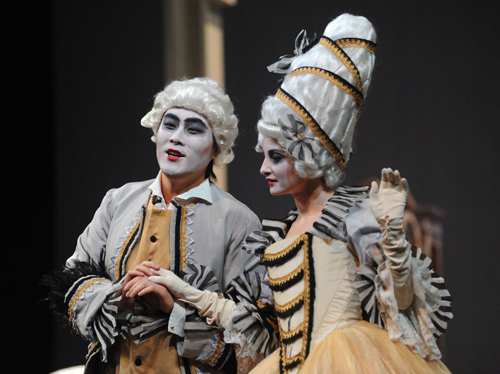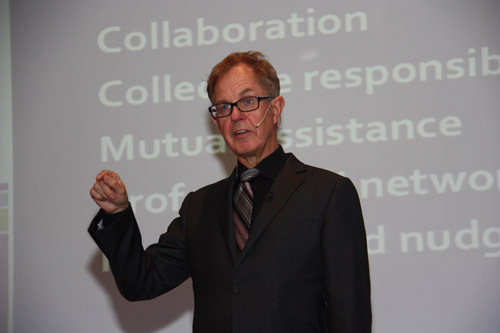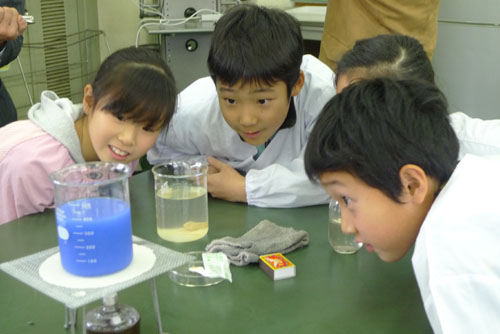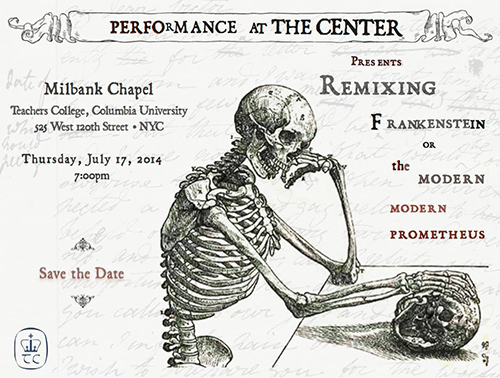I am a Citizen Artist. Are you?
Growing up to be an aspiring artist, a passion nurtured by both my parents, had its pros and cons but thankfully, mainly the former. That infamous, awful cliché, “یقینا آپ نے ایک غریب بھوکا آرٹسٹ بننا چاہتا ہوں نہیں ہے?” اتنے لاعلم طرف سے ظاہر (یا کے طور پر میری والدہ ناخواندہ کہیں گے) سفر کے ساتھ ساتھ لوگ اپنے مقاصد کے بہت سے تکمیل کروا خوش قسمتی کی بلندیوں تک باطنی مایوسی کی گہرائیوں سے مجھ سے لے لیا ہے اور کی اجازت ہے, میں رہتے ہیں جس میں دنیا میں ایک بامعنی اور contributive وجود بھی شامل. چھٹکارے میٹھا ہے.
اپنے ماضی سے کچھ ذاتی مشاہدات: موسیقی کے لئے ایک جذبہ ریاضی کے میری محبت کی صورت میں نکلا, a passion for choreography helped me become an A student in history, a passion for photography enhanced my writing ability, and finally I credit a passion for the performing arts for much of my successes in my self-organized commercial and philanthropic pursuits.
Frames of Mind: The Theory of Multiple Intelligences saved my life in a way. It helped me to understand my ability to see the solutions to real life issues while some of my peers were still struggling to understand the problems. Critical thinking skills, a life-long motivation to learn, the willingness to learn from mistakes, a focus on creating versus consuming and social and collaborative skills were at the top of my wish list for my own children. I believed a well-rounded inter-disciplinary arts education was compulsory. Oh yes, even when it meant disrupting the most traditional and acclaimed education methods on offer. This view combined with my instinctive curiosity (positively fostered by my own arts education) led me to ask this question: Is the world’s approach to education antiquated? I learned what I already knew in my heart and my mind. We live in the Age of Innovation. Today’s world rewards the most innovative young people. عالمی رہنماؤں, کاروبار کے ایگزیکٹوز, تعلیم, and policy makers are signing up the next generation of self-driven innovators.
Hence how important is art to 21st century life? How important is oxygen to 21st century life?
Look at it this way. With the advent of Google, knowledge is as free as the air we breathe. اس کے علاوہ, the speed at which knowledge is changing has dramatically increased. In order to have a competitive advantage today, you need more. If I look at a room of talented graduates who all have the same test scores, the same level of academic education and the same community service projects, I am going to pick the person whom I believe can contribute something unique to my organization. And that is where I believe an inter-disciplinary arts education gives candidates a competitive advantage. Ask anyone who’s developed a book, فلم, a dance, a musical composition, or all of those, and you will understand the additional intelligences and contributions they can bring to the table.
A May 2005 Harris Poll on the attitudes of Americans toward arts education, commissioned by Americans for the Arts, revealed strong public support. Among the findings, 93% agreed the arts are vital to providing a well-rounded education for children, 86% ایک آرٹ کی تعلیم کی حوصلہ افزائی کرتا ہے اور اسکول کی طرف ایک بچے کے رویوں کی بہتری میں مدد پر اتفاق کیا, 83% خیال کیا آرٹ کی تعلیم بالغ اور ساتھیوں کے ساتھ مؤثر طریقے سے بات چیت کرنے کے بچوں کو پڑھانے میں مدد ملتی ہے, اور 79 % تعلیم میں فنون شامل کی آج عوامی تعلیم میں لاپتہ ہے کیا واپس انہوں نے مزید کہا میں پہلا قدم ہے کہ اس بات پر اتفاق. شواہد کی بنیاد پر تحقیق فنون تمام طالب علموں کو اسکول میں کامیابی حاصل کرنا ممکن بنا رہے ہیں اہم شراکت چیت کرنے کے لئے جاری, کام اور زندگی.
C. M. روبن وہ ایک موصول ہوئی ہے جس کے لئے دو بڑے پیمانے پر پڑھا سیریز کے مصنف ہے 2011 میں Upton سنکلیئر ایوارڈ, “تعلیم کے لئے گلوبل تلاش” اور “کس طرح پڑھیں گے?” انہوں نے تین bestselling کتابوں کے مصنف ہیں, سمیت Wonderland میں یلس اصلی.





حالیہ تبصرے